Home>Interior Design>11 Bedroom Lighting Mistakes And How To Avoid Them
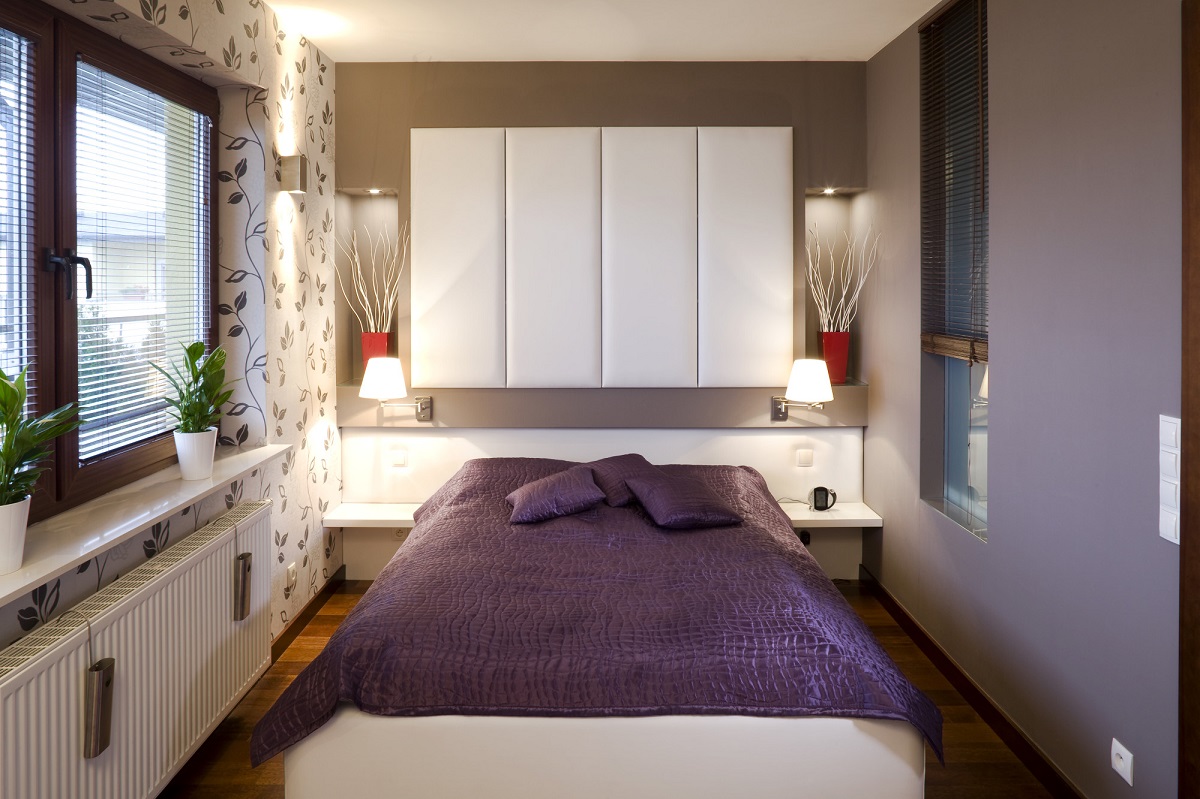

Interior Design
11 Bedroom Lighting Mistakes And How To Avoid Them
Modified: December 7, 2023
Avoid these 11 common interior design mistakes when it comes to bedroom lighting. Discover how to create a well-designed and functional space with these tips.
(Many of the links in this article redirect to a specific reviewed product. Your purchase of these products through affiliate links helps to generate commission for Storables.com, at no extra cost. Learn more)
Introduction
Creating the perfect lighting scheme is essential in interior design, especially in the bedroom. Lighting not only serves a functional purpose but also has a significant impact on the overall ambiance and mood of the space. While many homeowners focus on selecting the right furniture and color palette, they often overlook the importance of proper lighting.
In this article, we will explore eleven common bedroom lighting mistakes and provide practical solutions to help you avoid them. Whether you are designing a new bedroom or looking to make improvements to your existing space, understanding these mistakes will enable you to create a well-lit and inviting environment that meets your needs and preferences.
Proper lighting can make a significant difference in how a bedroom looks and feels. It can create a cozy and comfortable atmosphere, enhance the design elements, and improve functionality. However, overlooking certain aspects of bedroom lighting can result in a less-than-ideal experience.
We will address each mistake individually, providing guidance on how to avoid and rectify them. By the end of this article, you will be equipped with the knowledge to transform your bedroom into a beautifully lit haven.
So let’s dive in and discover the common bedroom lighting mistakes that you should avoid to create a truly remarkable and functional space.
Key Takeaways:
- Proper bedroom lighting involves layering ambient, task, and accent lighting to create a balanced and inviting atmosphere. Avoiding common mistakes such as insufficient or overly bright lighting can transform your space into a well-lit haven of comfort and style.
- Don’t overlook the importance of natural light, bedside lighting, and lighting control options in your bedroom. By embracing these elements and avoiding common mistakes, you can create a personalized and adaptable lighting scheme that enhances relaxation and well-being.
Mistake 1: Insufficient lighting
One of the most common mistakes in bedroom lighting is not having enough light sources. Insufficient lighting can make your bedroom feel dim, gloomy, and even cramped. It is important to have a variety of light fixtures to illuminate different areas of the room effectively.
To avoid this mistake, start by assessing the size and layout of your bedroom. Consider the different activities that take place in the space, such as reading, getting dressed, or working. Each activity requires specific lighting needs, and you should plan accordingly.
Start by incorporating a central overhead light fixture to provide general illumination. This could be a pendant light, a chandelier, or a ceiling fan with built-in lighting. Make sure the fixture is appropriately sized for your room.
Next, add task lighting in areas where you need focused illumination, such as near the bed and vanity. Bedside table lamps, wall-mounted reading lights, or pendant lights with adjustable arms are great options for providing adequate light for reading or other activities.
In addition to general and task lighting, consider accent lighting to highlight architectural features, artwork, or decorative elements. Wall sconces, picture lights, or LED strip lights can add a layer of visual interest and create a cozy atmosphere.
Remember to also utilize natural light during the day. Install window treatments that allow you to control the amount of natural light entering the room. This not only provides a connection to the outdoors but also helps to reduce the need for artificial lighting during daylight hours.
By avoiding the mistake of insufficient lighting, you can create a well-lit bedroom that enhances visual comfort, functionality, and aesthetics. A properly illuminated space promotes a sense of relaxation and helps with various activities, creating a pleasant environment for rest and rejuvenation.
Mistake 2: Overly bright lighting
While having insufficient lighting can be a problem, the opposite is equally detrimental – having overly bright lighting in your bedroom. Overly bright lighting can create a harsh and uncomfortable atmosphere, making it difficult to relax and unwind.
To avoid this mistake, it’s important to strike a balance between providing sufficient light and creating a cozy ambiance. One way to achieve this is by using dimmer switches. Dimmers allow you to adjust the intensity of the light, giving you the flexibility to create different moods and cater to different activities.
Instead of relying solely on bright overhead lighting, incorporate layers of lighting throughout the room. This can include ambient lighting, task lighting, and accent lighting. By combining different types of fixtures and varying their brightness levels, you can create a more visually appealing and comfortable space.
Consider using softer lighting options, such as table lamps with warm-colored bulbs or wall sconces with diffusers, to diffuse the light and create a more inviting atmosphere. Additionally, avoid using high-wattage bulbs that produce excessively bright light. Opt for bulbs with lower wattages or LEDs, which consume less energy and provide a softer glow.
Further, the placement of lighting fixtures can also affect the overall brightness of the room. Instead of having a single bright light source in the center of the ceiling, distribute the light sources evenly throughout the room. This can be achieved by using multiple light fixtures, such as recessed lights or track lighting, to create a balanced and well-lit space.
By avoiding the mistake of overly bright lighting, you can create a bedroom that is not only aesthetically pleasing but also conducive to relaxation and sleep. The right balance of light can create a soothing and comfortable environment where you can unwind after a long day and enjoy the cozy ambiance during your waking hours.
Mistake 3: Ignoring natural lighting
One common mistake in bedroom lighting is disregarding the potential of natural light. Natural light has numerous benefits, both in terms of aesthetics and well-being. Ignoring the importance of natural lighting can result in a missed opportunity to enhance the overall atmosphere of your bedroom.
To avoid this mistake, it’s important to maximize the amount of natural light entering your bedroom. Start by evaluating the placement and size of windows in the room. If possible, choose window treatments that allow for easy control of light, such as blinds or curtains that can be opened or closed as needed.
To amplify the natural light, consider the use of mirrors strategically placed across from windows. Mirrors can help reflect and bounce natural light around the room, creating a brighter and more spacious feel. Additionally, choosing light-colored or sheer fabrics for window treatments can also help diffuse natural light and prevent excessive glare.
Another way to make the most of natural light is by arranging furniture in a way that doesn’t obstruct the flow of light into the room. Avoid placing large pieces of furniture, such as wardrobes or dressers, directly in front of windows. Instead, opt for placing them on adjacent walls to maintain an unobstructed view of the outdoors.
When designing your bedroom layout, consider how natural light will interact with different areas of the room throughout the day. Position your bed and seating areas where they can benefit from natural light during different times of the day. This will not only enhance the visual appeal of the room but also provide a sense of connection to the outdoors.
Lastly, be mindful of the seasonality and orientation of your bedroom. If your bedroom receives an abundance of natural light during certain times of the year, consider adjusting your lighting scheme accordingly. Use window coverings that allow control over the intensity of light, and have additional artificial lighting options for days when natural light may be limited.
By embracing and optimizing natural lighting, you can create a bedroom that feels bright, airy, and connected to the natural world. Maximize the benefits of natural light to create a space that promotes vitality and well-being, and brings the beauty of the outdoors into your private sanctuary.
Mistake 4: Inadequate task lighting
Task lighting plays a crucial role in the bedroom, as it provides focused illumination for activities such as reading, getting dressed, or working. Unfortunately, one common mistake is having inadequate task lighting, which can hinder these activities and cause discomfort.
To avoid this mistake, it’s important to assess your specific task lighting needs in the bedroom. Think about the specific tasks you perform in the space and the areas that require focused lighting. For example, if you enjoy reading in bed, adequate bedside lighting is essential.
Consider incorporating bedside table lamps with adjustable arms or wall-mounted reading lights. These fixtures should be positioned in a way that allows you to easily direct the light onto your reading material without causing glare or shadows. Make sure the light is bright enough to read comfortably, but not so intense that it disturbs your partner.
In addition to bedside lighting, other areas of the bedroom may also require task lighting. If you have a vanity or dressing area, ensure that it is well-lit with appropriate lighting. This could be in the form of wall sconces or pendant lights placed near the mirror to minimize shadows and provide even lighting for grooming and getting ready.
Desk or workspace areas in the bedroom should also have dedicated task lighting. An adjustable desk lamp with a focused beam of light can help provide ample illumination for any work or study tasks you may undertake in the bedroom.
Remember to position task lighting at the appropriate height and angle for optimal functionality. Adjustable fixtures allow you to customize the direction and intensity of the light based on your needs. This way, you can focus the light precisely where it is needed without disturbing the overall ambiance of the room.
By avoiding the mistake of inadequate task lighting, you can ensure that the bedroom is a functional space for various activities. Adequate lighting for tasks not only enhances productivity but also adds to the overall comfort and convenience of the room. With the right task lighting, you can create a bedroom that meets all your functional needs while maintaining a pleasing aesthetic.
Read more: Bedroom Storage Mistakes And How To Fix Them
Mistake 5: Poorly placed lighting fixtures
The placement of lighting fixtures in a bedroom is just as important as the type of fixtures you choose. Poorly placed lighting can result in uneven illumination, unwanted shadows, and an overall unbalanced look in the room. Avoiding this mistake is crucial for achieving a well-designed and functional lighting scheme.
One common error is placing a single overhead light fixture in the center of the ceiling as the primary source of illumination. This can create harsh lighting and neglect certain areas of the room. Instead, consider layering your lighting by incorporating different types of fixtures, such as ceiling lights, wall sconces, and table lamps, strategically throughout the space.
Start by identifying the different functional areas in your bedroom, such as the bed, the seating area, or the vanity. Each area should have its own designated light source to ensure proper illumination. Bedside table lamps or wall-mounted sconces on either side of the bed are essential for reading and creating a cozy ambiance. In seating areas, floor lamps or pendant lights can provide a warm and inviting glow.
Consider the height at which you place your lighting fixtures. Overhead lights, such as chandeliers or pendant lights, should be hung at an appropriate height to prevent head bumps and provide adequate illumination. Table lamps should be positioned at a height that allows the light to evenly illuminate the space without causing glare or shining directly into your eyes.
Additionally, be mindful of the placement of lighting fixtures in relation to other furniture and decor elements. Make sure the fixtures do not interfere with the functionality and flow of the room. Avoid placing fixtures too close to mirrors or reflective surfaces, as this can create unwanted glare.
To create a harmonious and balanced lighting scheme, ensure that light sources are distributed evenly throughout the room. This creates a sense of cohesion and prevents the room from feeling lopsided or visually uneven. Experiment with different placement options to find the most effective arrangement for your specific bedroom layout.
By avoiding the mistake of poorly placed lighting fixtures, you can create a visually appealing and well-illuminated bedroom space. Thoughtful placement of fixtures ensures even illumination, minimizes shadows, and enhances the overall aesthetic of the room. Take the time to carefully consider the arrangement of your lighting fixtures to achieve a balanced and pleasing lighting scheme in your bedroom.
Mistake 6: Neglecting dimmer switches
One often overlooked aspect of bedroom lighting is the absence of dimmer switches. Neglecting dimmer switches can limit your ability to control the ambiance and mood of the room. Dimmer switches are a valuable tool that allows you to adjust the intensity of the light, creating a more versatile and customizable lighting scheme.
By incorporating dimmer switches into your bedroom lighting design, you gain the ability to create different moods and cater to various activities. Whether you want bright lighting for getting ready in the morning or a softer, more relaxing ambiance in the evening, dimmer switches provide the flexibility to meet your needs.
The use of dimmer switches is particularly important for overhead lighting fixtures. Many ceiling lights, such as chandeliers or pendant lights, come with the option to install a dimmer switch. This allows you to easily adjust the brightness level of the main light source in the room.
Bedside table lamps and other task lighting fixtures can also benefit from dimmer switches. This allows you to customize the intensity of the light based on your specific requirements, whether you’re reading a book, working on a laptop, or simply winding down for the night.
Dimmer switches are especially beneficial for creating a relaxing ambiance in the bedroom. By lowering the light level, you can create a cozy and intimate atmosphere that promotes restful sleep. This is particularly helpful for those who have trouble falling asleep in a brightly lit room.
In addition to the aesthetic advantages, using dimmer switches can also help conserve energy. Lowering the intensity of the light reduces electricity consumption, saving you money on your energy bills and reducing your carbon footprint.
When installing dimmer switches, it’s important to choose fixtures that are compatible with dimmable bulbs. Not all types of bulbs are designed to be used with dimmer switches, so be sure to check the packaging or consult with a lighting professional to ensure compatibility.
By avoiding the mistake of neglecting dimmer switches, you can significantly enhance the versatility and functionality of your bedroom lighting. The ability to control the intensity of the light allows you to create a customized atmosphere that suits your specific preferences and needs. Invest in dimmer switches to elevate the ambiance and functionality of your bedroom lighting scheme.
When choosing bedroom lighting, consider the function of each light and layer different types of lighting (ambient, task, accent) to create a balanced and functional space.
Mistake 7: Disregarding the Color Temperature
Disregarding the color temperature of the lighting in your bedroom is a common mistake that can have a significant impact on the overall ambiance and mood of the space. Color temperature refers to the warmth or coolness of the light produced by a bulb, measured in Kelvin (K). Failing to consider the appropriate color temperature can result in a mismatched and uncomfortable lighting scheme.
To avoid this mistake, it’s important to understand the concept of color temperature and how it can influence the atmosphere of your bedroom. Generally, there are three primary color temperature categories: warm, neutral, and cool.
Warm light, typically in the range of 2700K to 3000K, creates a cozy and inviting ambiance. This warmer hue resembles the soft glow of candlelight and is ideal for spaces that are meant to evoke relaxation and comfort, such as bedrooms. Consider using bulbs with a warm color temperature for bedside table lamps and accent lighting to create a soothing and intimate atmosphere.
Neutral light, ranging from 3500K to 4500K, is cooler and closer to natural daylight. This type of lighting is often preferred for task-oriented activities and work areas, as it provides a clear and focused illumination. However, in the bedroom, it is best to use neutral light sparingly, particularly in areas such as vanity spaces or workstations, to maintain a comfortable and calming environment while still ensuring ample brightness for functional activities.
Cool light, typically above 5000K, has a bluish-white hue that mimics daylight. This type of lighting is often used in areas that require bright and stimulating illumination, such as offices or commercial spaces. However, in the bedroom, cool light should be avoided as it can feel harsh and disruptive to the overall ambiance.
When selecting light bulbs for your bedroom, pay attention to the color temperature indicated on the packaging. Opt for bulbs that align with your desired aesthetic and create the mood you want to achieve. Mixing different color temperatures within the same space can create an uneven and disjointed lighting scheme, so try to maintain consistency throughout the various light sources.
Remember that personal preference also plays a role in selecting the appropriate color temperature for your bedroom. Some individuals may prefer warmer, softer lighting for a cozier and more intimate atmosphere, while others may lean towards cooler, brighter lighting for a more energetic and vibrant feel. Take the time to experiment with different color temperatures to find the perfect balance that suits your personal taste and enhances the overall ambiance of your bedroom.
By avoiding the mistake of disregarding the color temperature, you can create a bedroom lighting scheme that not only provides sufficient illumination but also evokes the desired mood and atmosphere. Choose bulbs with the appropriate color temperature to enhance the comfort, relaxation, and aesthetic appeal of your bedroom environment.
Mistake 8: Using Mismatched Light Bulbs
Using mismatched light bulbs in your bedroom can create an inconsistent and uncoordinated lighting scheme. Different bulbs can emit varying levels of brightness, produce different colors, or have different beam angles, resulting in an unbalanced and visually displeasing effect. Avoiding this mistake is crucial for achieving a cohesive and harmonious lighting design.
To prevent using mismatched light bulbs, start by determining the type of lighting fixtures and bulbs that are most suitable for your bedroom. Consider factors such as the desired brightness level, color temperature, and beam angle. It’s important to select bulbs that have similar specifications to ensure uniformity in lighting.
When purchasing light bulbs, check their packaging or consult a lighting professional to ensure that you are buying bulbs with compatible specifications. This includes factors such as wattage, color temperature, and beam angle. Opting for bulbs from the same brand or product line can also help ensure consistency in terms of performance and appearance.
For general overhead lighting, such as ceiling fixtures or recessed lights, choose bulbs with matching color temperatures and brightness levels. This will create a uniform and balanced illumination throughout the room. Using bulbs with different color temperatures or intensities can result in areas that are too bright or too dim, detracting from the overall ambiance.
In bedside table lamps or accent fixtures, keep the bulb choices consistent to maintain a cohesive look. This will ensure that the lighting is visually pleasing and complements the overall design of the bedroom. Matching bulbs also allow for easier replacement in case of burnouts or failures.
In addition to choosing matching bulbs, consider the compatibility of the light fixtures themselves. Some fixtures may require specific types or sizes of bulbs. Make sure to follow the manufacturer’s recommendations to ensure proper functionality and aesthetics.
Regularly check and replace any burnt-out bulbs in your bedroom. Over time, bulbs may experience a decline in brightness or color consistency, which can affect the overall lighting balance. By keeping all the bulbs in your bedroom in good working condition, you can ensure a consistent and pleasing lighting experience.
By avoiding the mistake of using mismatched light bulbs, you can create a bedroom lighting scheme that is visually cohesive and aesthetically pleasing. Consistent bulbs ensure uniform brightness, color, and beam angles, enhancing the overall ambiance and creating a harmonious lighting design. Take the time to carefully select and maintain bulbs that match the specifications of your fixtures to achieve a seamless and well-coordinated lighting scheme in your bedroom.
Mistake 9: Forgetting About Layering
Forgetting about layering is a common mistake when it comes to bedroom lighting. Layering involves incorporating different types of lighting fixtures and sources to create depth, dimension, and versatility in your lighting design. Neglecting to include multiple layers of light can result in a flat and uninteresting atmosphere in the bedroom.
To avoid this mistake, consider incorporating three main layers of lighting: ambient, task, and accent lighting.
Ambient lighting provides overall illumination to the room and serves as the foundation of your lighting scheme. This can be achieved with ceiling-mounted fixtures, such as chandeliers or flush-mount lights, that evenly distribute light throughout the space. Ambient lighting ensures a well-lit room and serves as the starting point for layering additional lighting sources.
Task lighting is essential for specific activities in the bedroom, such as reading, getting dressed, or working. This layer of lighting focuses on providing targeted illumination to assist with these tasks. Bedside table lamps, wall-mounted reading lights, or adjustable desk lamps are all excellent choices for task lighting. By positioning these fixtures appropriately, you can ensure that the light is directed precisely where it’s needed, minimizing shadows and providing optimal functionality.
Accent lighting adds visual interest and enhances the ambiance of the room. This layer of lighting is often used to highlight architectural features, artwork, or decorative elements. Wall sconces, picture lights, or LED strip lights are effective options for accent lighting. These fixtures create a focal point in the room, draw attention to specific areas, and add a layer of sophistication and style to your bedroom.
By incorporating all three layers of lighting, you can achieve a well-rounded and dynamic lighting scheme. Layering allows you to create different moods and adapt the lighting to various activities and times of day. Whether you want a bright and energetic space or a soft and relaxing atmosphere, layering provides the flexibility to meet your needs.
Consider using dimmer switches for each layer of lighting to further enhance the versatility and control over the ambiance. Dimmers enable you to adjust the intensity of each layer of light, allowing you to create different settings and cater to your specific preferences.
By avoiding the mistake of forgetting about layering, you can create a bedroom lighting design that is not only functional but also visually captivating. The combination of ambient, task, and accent lighting adds depth, dimension, and versatility to the room, enhancing its overall aesthetics and providing a pleasant and inviting atmosphere. Embrace the concept of layering to transform your bedroom into a well-lit and harmonious sanctuary.
Mistake 10: Overlooking the Importance of Bedside Lighting
One crucial mistake that many people make when designing their bedroom lighting is overlooking the importance of bedside lighting. The lighting on either side of the bed plays a significant role in creating a cozy and functional space for relaxation and sleep. Neglecting proper bedside lighting can result in a lack of convenience, discomfort, and a missed opportunity to enhance the overall ambiance of the room.
To avoid this mistake, consider incorporating bedside lighting fixtures that provide both task-oriented lighting and ambient illumination. Bedside table lamps are a popular choice as they offer flexibility in terms of placement and style. Look for lamps with adjustable brightness settings and shades that allow for focused or diffused lighting, depending on your needs.
Position your bedside lamps within easy reach so that you can conveniently turn them on or off from the comfort of your bed. Placing them on nightstands or wall-mounted swing-arm lamps are great options. If you have limited tabletop space, wall-mounted reading lights are a practical alternative.
When selecting bedside lighting, think about the activities you typically do in bed. If you enjoy reading before sleep, opt for lamps with directed light that allows for easy reading without straining your eyes. Consider adjustable lamps that allow you to position the light precisely where you need it.
Additionally, pay attention to the size and scale of the bedside lamps in relation to your nightstands and bed. The size of the lamp should complement the surrounding furniture and not overwhelm the space. Furthermore, consider the height of the lamp in relation to the bed. You want the light to be at a comfortable level for reading or navigating the room without casting harsh shadows.
Apart from task lighting, bedside fixtures can also contribute to the overall ambiance of the bedroom. Look for lamps with warm-toned bulbs or opt for fixtures with unique designs that add stylistic flair to the space. Consider the color and material of the lampshade, as it can affect the quality and diffusion of light.
Don’t forget the importance of symmetry when it comes to bedside lighting. If you have a partner sharing the bed, it’s crucial to provide equal lighting on both sides. This not only creates a balanced visual aesthetic but also ensures that both individuals have access to adequate lighting for reading or other activities.
By avoiding the mistake of overlooking bedside lighting, you can enhance the functionality, comfort, and visual appeal of your bedroom. Thoughtful consideration of the lighting fixtures on either side of the bed ensures convenience, improves the overall ambiance of the room, and contributes to a more relaxing sleep environment. Take the time to carefully choose and position bedside lighting fixtures to create a well-lit and inviting sanctuary.
Mistake 11: Neglecting Lighting Control Options
Neglecting lighting control options is a common mistake that can limit the functionality and versatility of your bedroom lighting. Having the ability to control and adjust the lighting levels can significantly enhance the ambiance and convenience of the space. Failing to consider lighting control options can result in a one-dimensional and less adaptable lighting scheme.
To avoid this mistake, it’s important to explore different lighting control options available for your bedroom. Here are a few options to consider:
1. Dimmer Switches: Dimmer switches are a must-have for any bedroom lighting setup. They allow you to adjust the intensity of the light, creating different moods and catering to various activities. By dimming the lights, you can create a cozy and relaxed atmosphere for winding down in the evening or enhance the brightness for reading or getting ready in the morning.
2. Smart Lighting Systems: Smart lighting systems are becoming increasingly popular and offer a wide range of control options. With smart lighting, you can control the brightness, color temperature, and even set up schedules or automation through a mobile app or voice commands. This technology provides convenience and flexibility, allowing you to easily customize your lighting based on your preferences or daily routines.
3. Lighting Zones: Consider dividing your bedroom lighting into different zones to allow for more precise control. For example, you can have separate controls for general overhead lighting, bedside lighting, and accent lighting. This gives you the ability to set different lighting levels in each zone based on specific needs or desired ambiance.
4. Remote Controls: If you have multiple lighting fixtures or a complex lighting setup, using remote controls can provide ease of use and convenience. Remote controls allow you to control the lights from anywhere in the room without the need to walk to each fixture individually.
5. Timer Switches: Timer switches are particularly valuable if you want to automate your lighting. Set timers to turn on and off the lights at specific times, creating a seamless transition from day to night or ensuring that lights are not left on when not needed. Timer switches can also be useful for setting up wake-up routines that mimic a natural sunrise.
By incorporating lighting control options, you can personalize the lighting experience in your bedroom and adapt it to your specific needs and preferences. These options not only enhance convenience but also contribute to energy efficiency by ensuring that lights are only used when necessary.
It’s essential to consider the right lighting control options based on your lifestyle and desired level of automation. Evaluate your needs and preferences while keeping in mind the complexity of your lighting setup. Consulting with a lighting professional can provide valuable insights and help you determine the most suitable control options for your bedroom.
By avoiding the mistake of neglecting lighting control options, you can create a bedroom lighting scheme that is convenient, adaptable, and energy-efficient. Take advantage of the available technologies and control options to fully customize and optimize your lighting experience in the bedroom.
Conclusion
Designing a well-lit and visually appealing bedroom involves more than just selecting beautiful light fixtures. It requires careful consideration of various aspects of lighting design to create a space that is both functional and aesthetically pleasing. By avoiding common mistakes and implementing the right strategies, you can transform your bedroom into a haven of comfort and style.
From ensuring sufficient lighting to avoiding overly bright or mismatched light bulbs, each mistake has its consequences. By paying attention to the color temperature and layering different types of lighting, you can create a balanced and inviting atmosphere. Don’t forget the importance of bedside lighting and the convenience of lighting control options, which significantly enhance the functionality and adaptability of the space.
Remember, the ultimate goal of bedroom lighting is to create an environment that promotes relaxation, comfort, and restful sleep. It should be a sanctuary where you can unwind, rejuvenate, and prepare for the day ahead. Thoughtful lighting choices can greatly contribute to this atmosphere, enhancing your overall experience and well-being.
As you embark on your bedroom lighting journey, take the time to assess your needs, preferences, and the unique characteristics of your space. Experiment with different lighting fixtures, color temperatures, and lighting control options to find the perfect balance that suits your style and enhances the ambiance of your bedroom.
Investing in quality lighting fixtures, exploring new lighting technologies, and consulting with professionals can all contribute to creating a well-designed and functional lighting scheme. Remember that lighting is not just about brightness; it’s about creating a harmonious blend of functionality, atmosphere, and visual appeal.
By avoiding these common mistakes and implementing the right strategies, you can transform your bedroom into a beautifully lit sanctuary that reflects your personal style and caters to your specific needs. Take the time to thoughtfully plan and execute your lighting design, and you will create a bedroom that is not only visually stunning but also a haven of comfort and relaxation.
Frequently Asked Questions about 11 Bedroom Lighting Mistakes And How To Avoid Them
Was this page helpful?
At Storables.com, we guarantee accurate and reliable information. Our content, validated by Expert Board Contributors, is crafted following stringent Editorial Policies. We're committed to providing you with well-researched, expert-backed insights for all your informational needs.
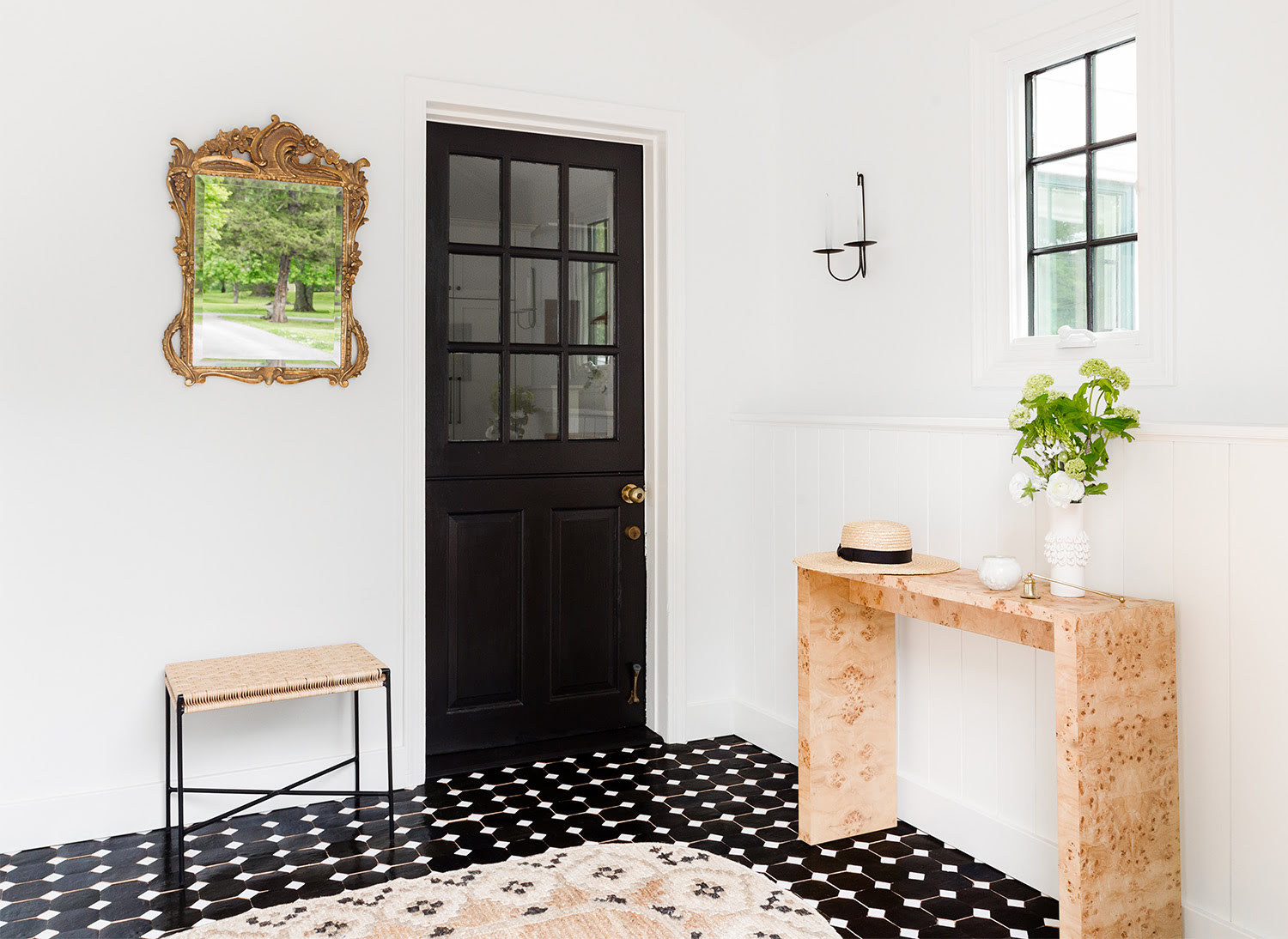

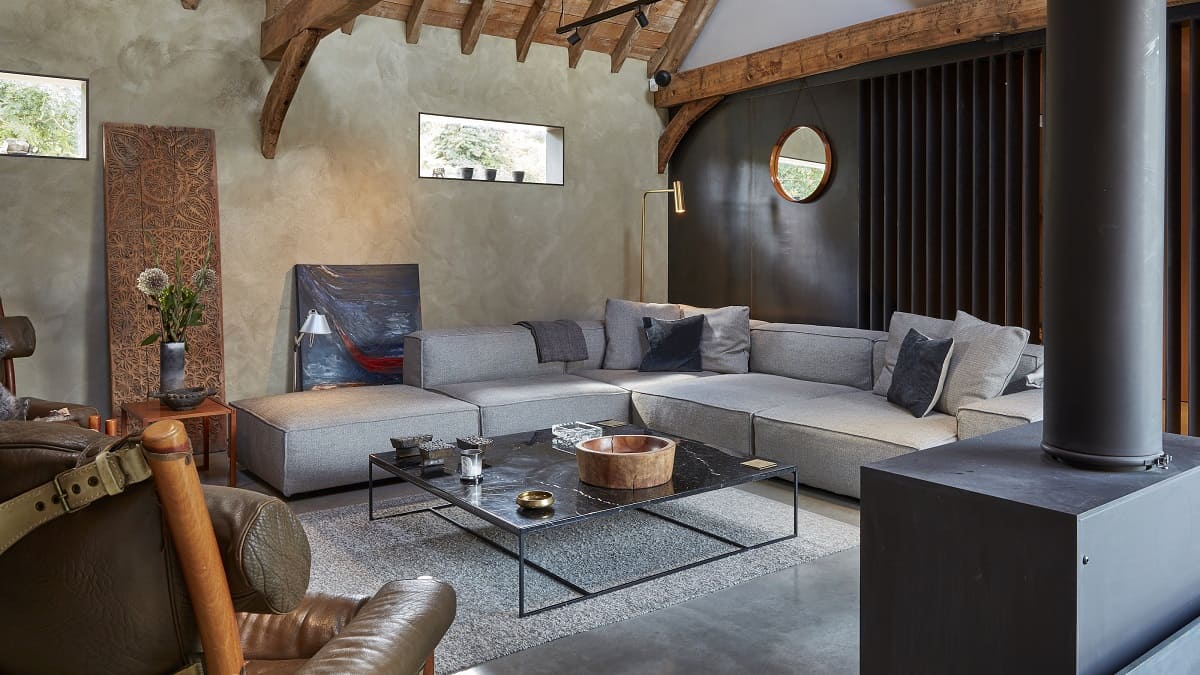
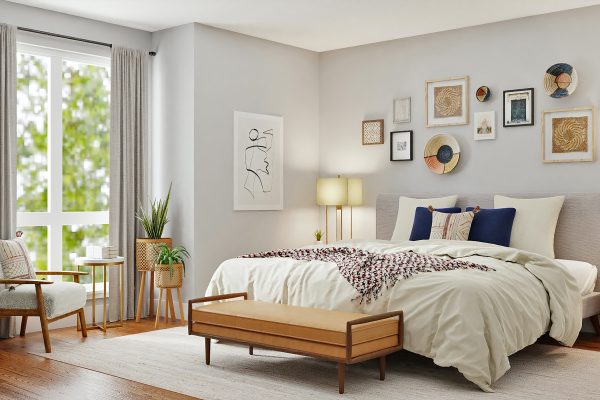
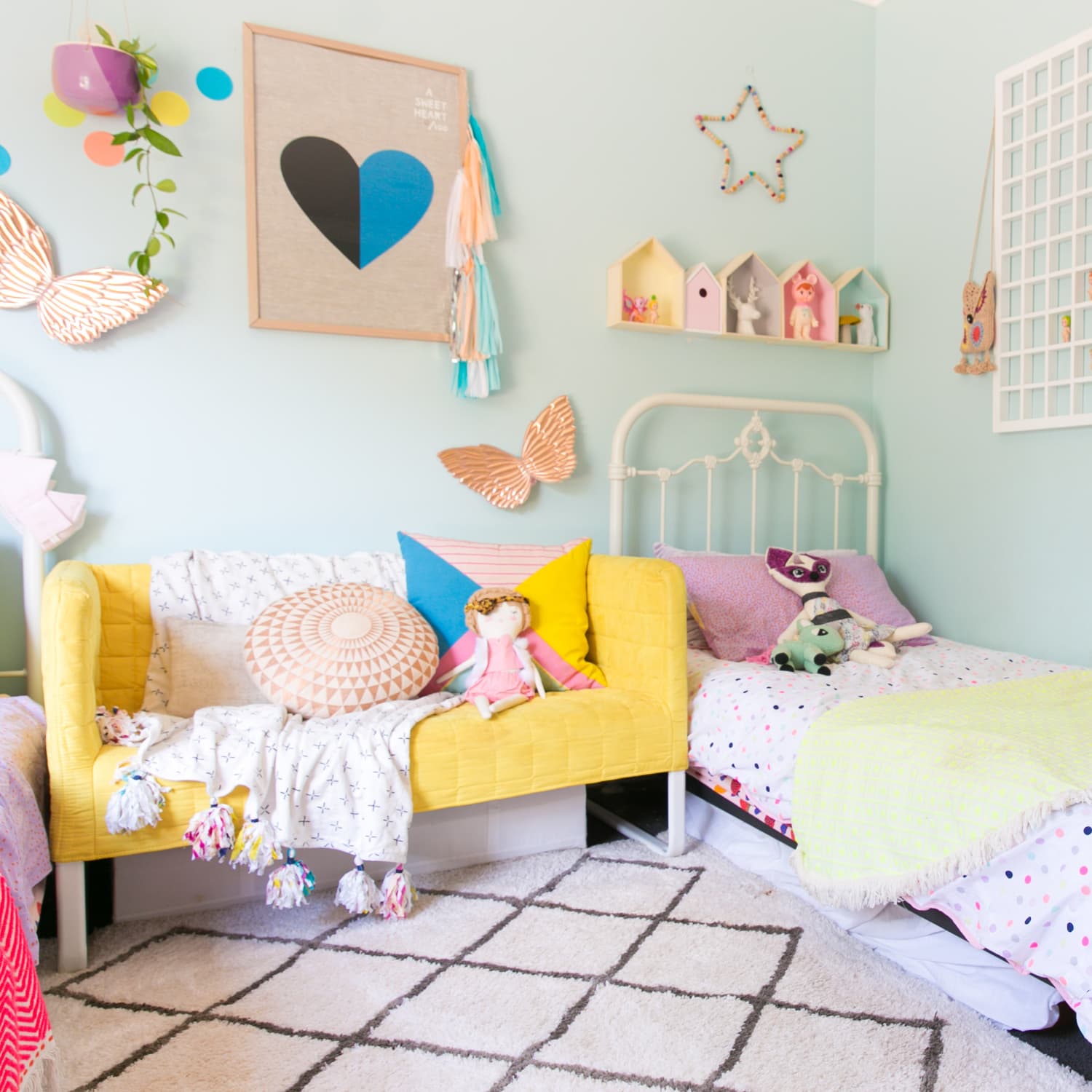
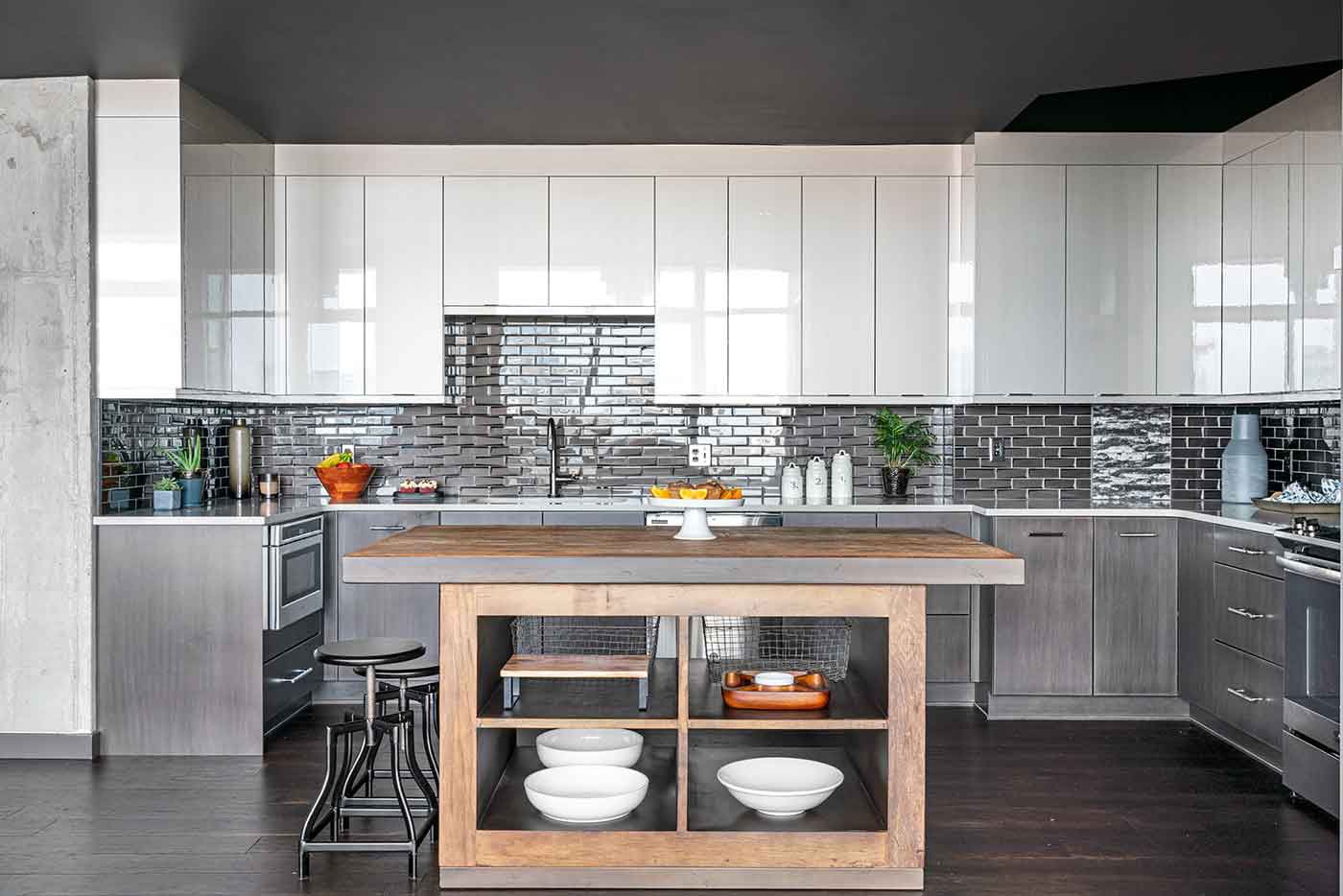
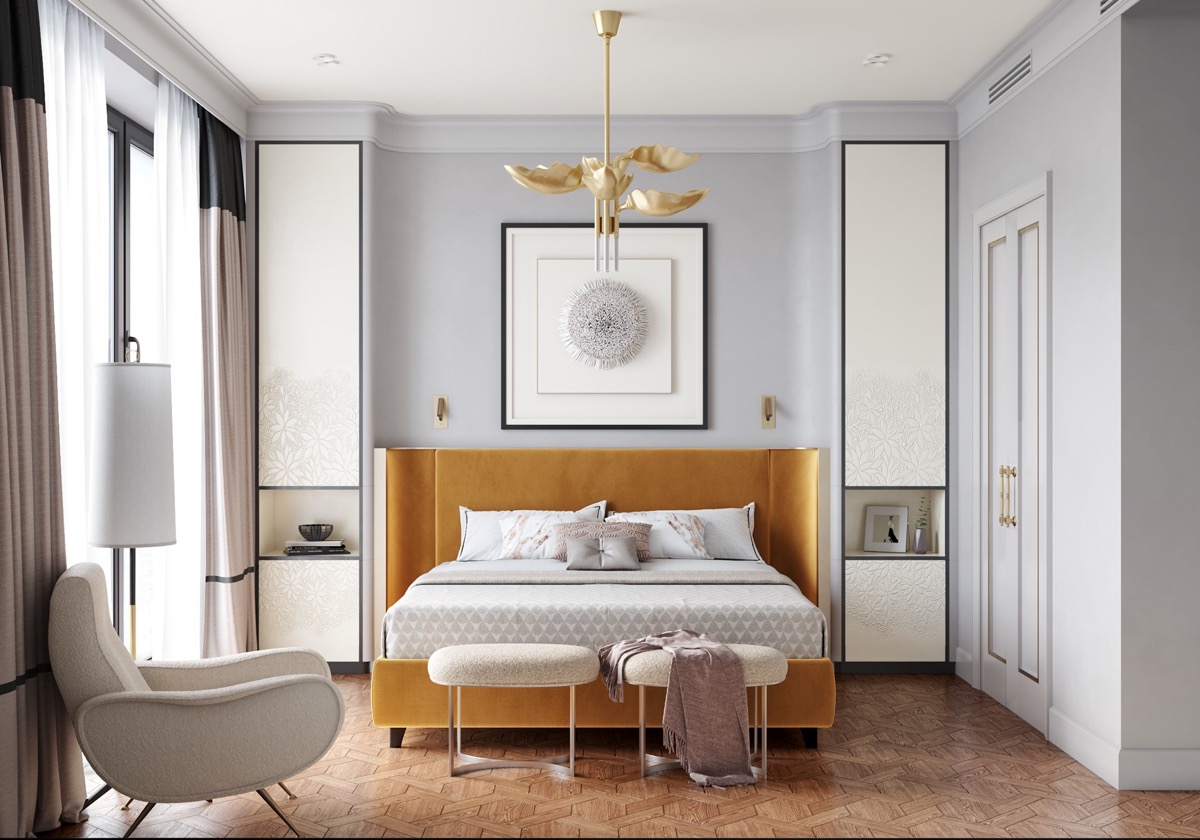
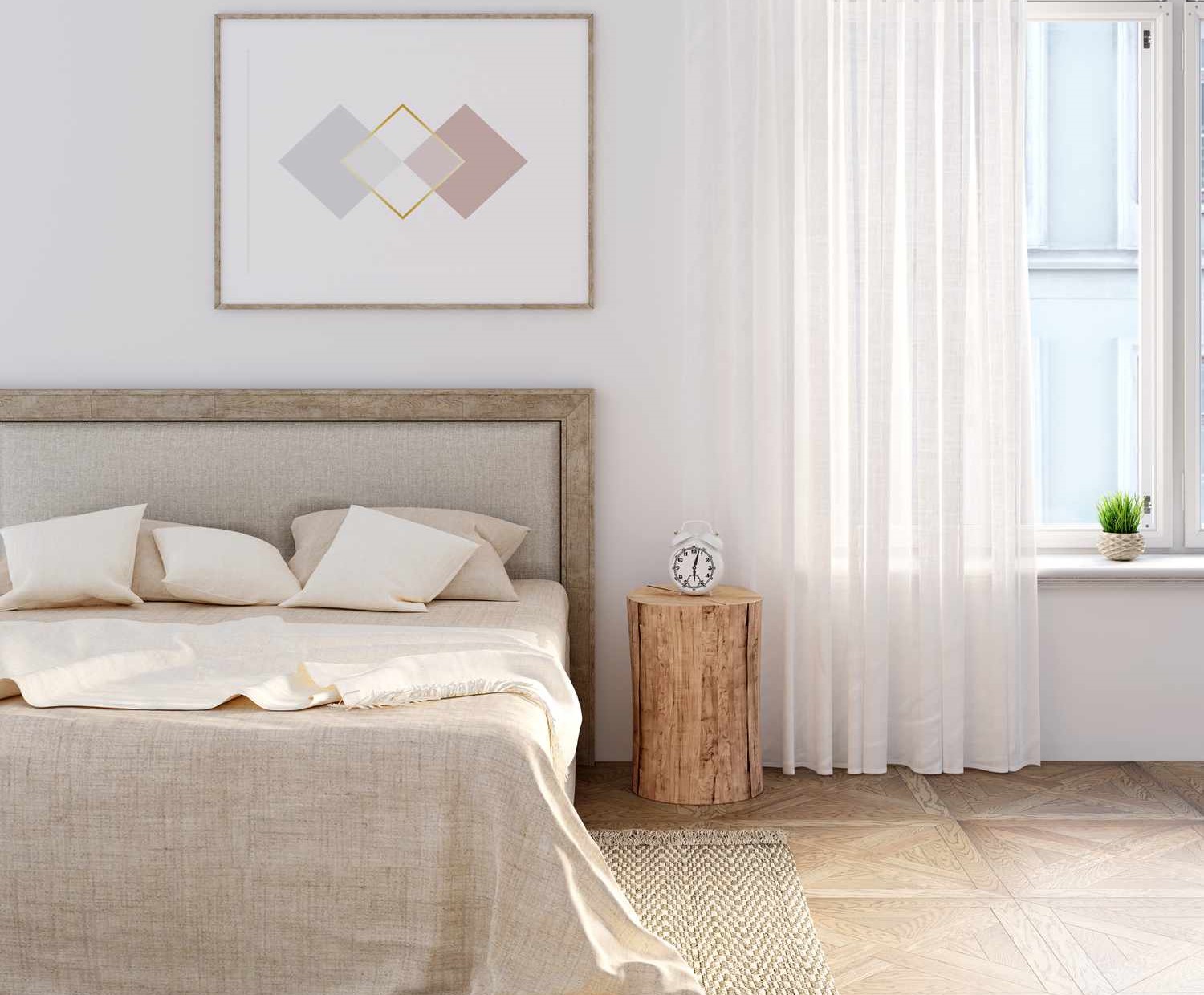
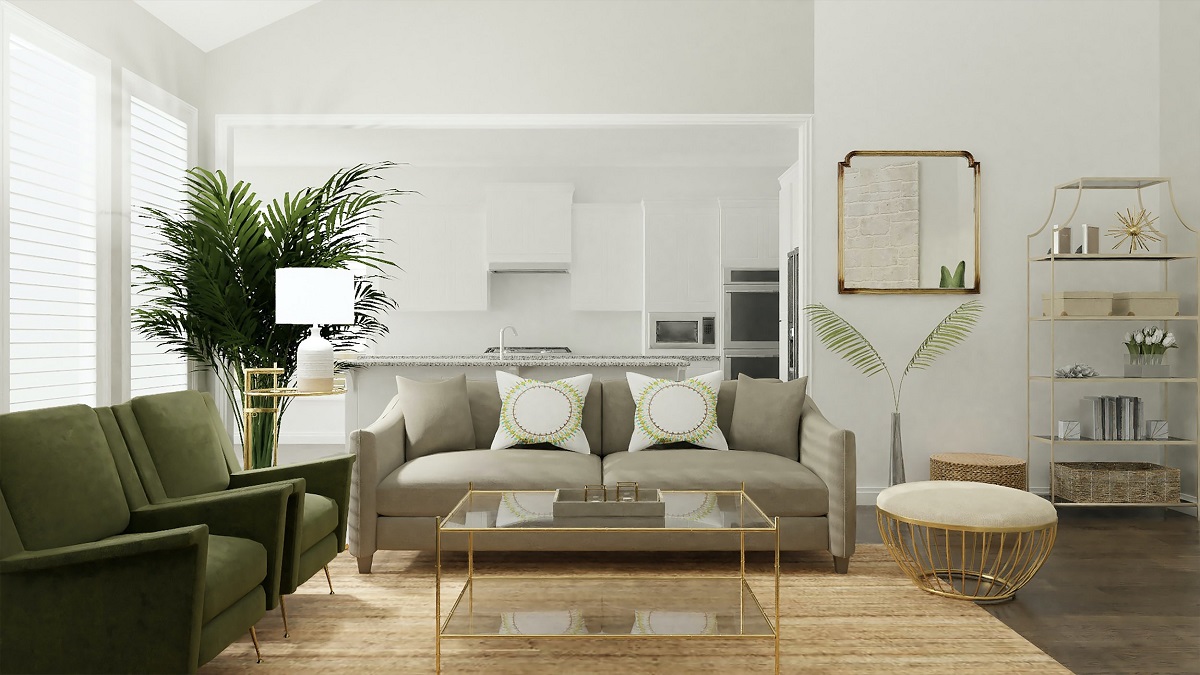
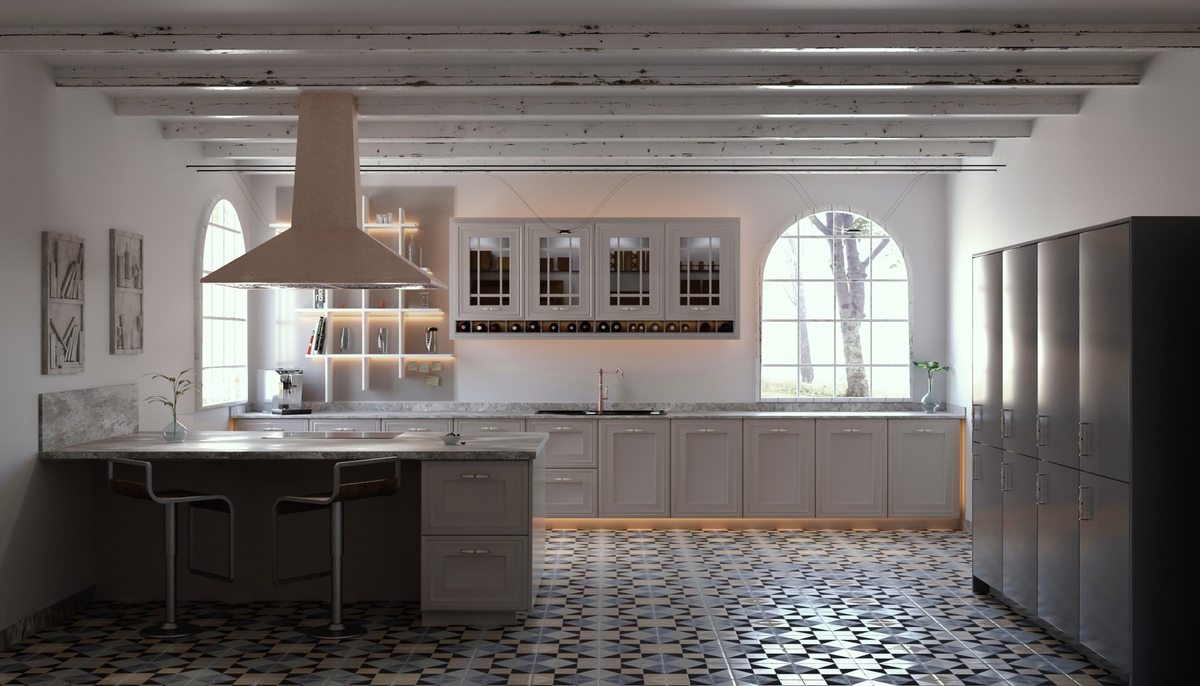
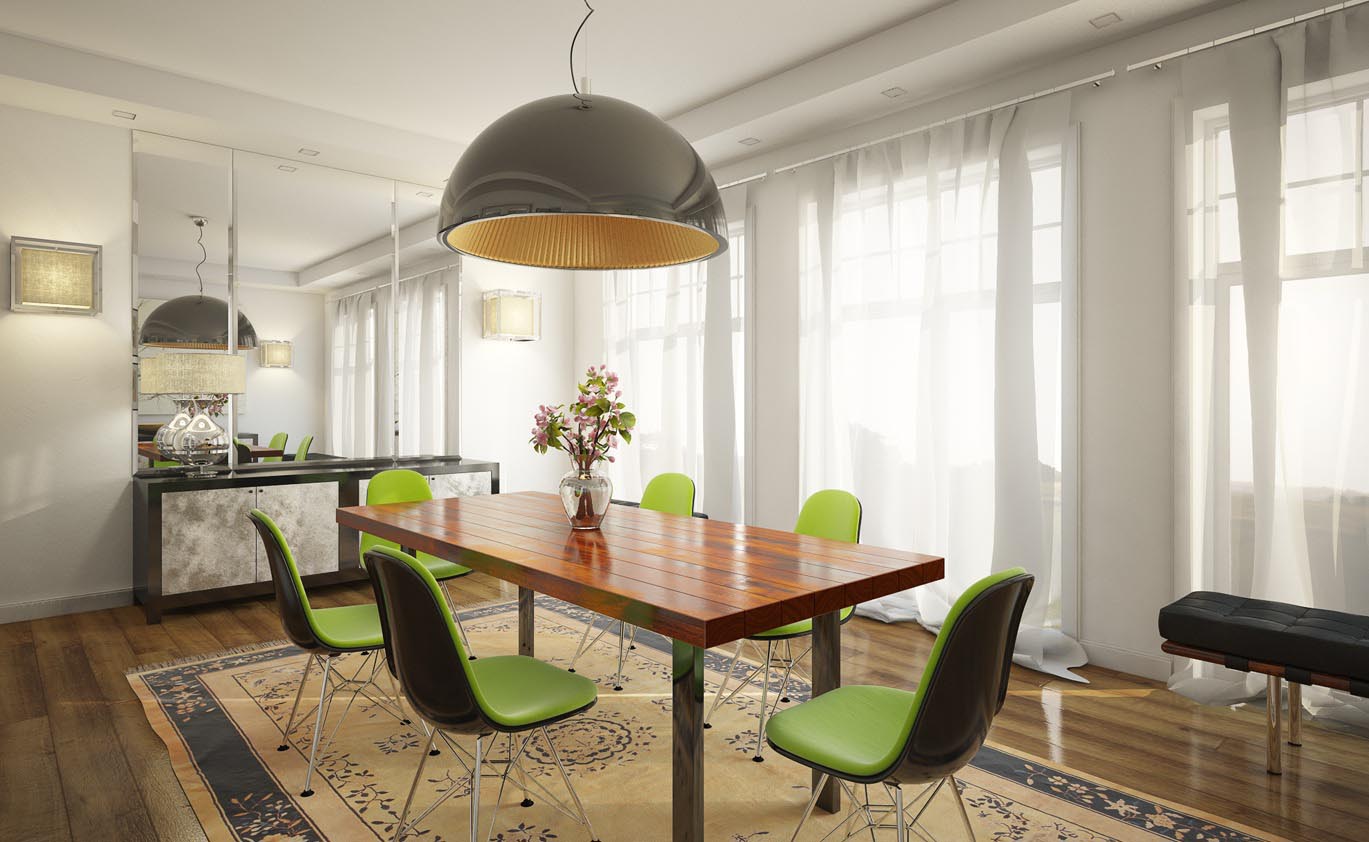



0 thoughts on “11 Bedroom Lighting Mistakes And How To Avoid Them”